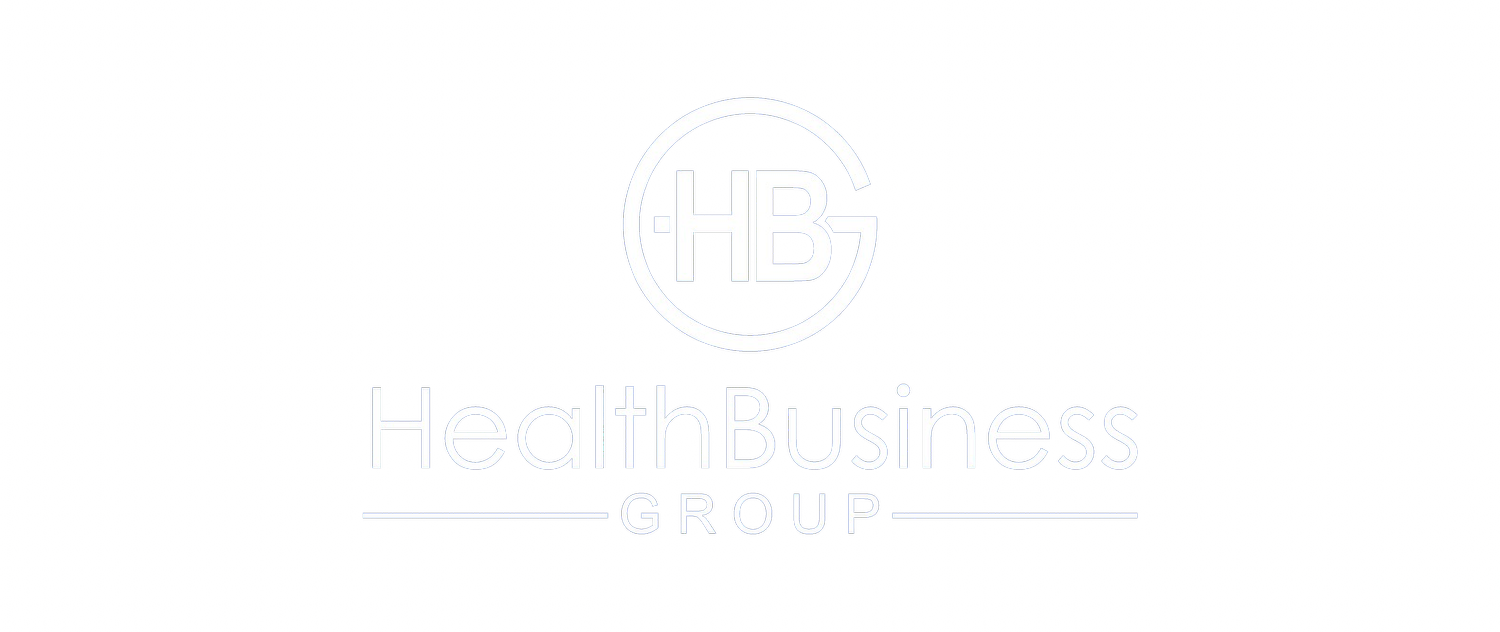Cardinal takes another step away from the trading business
Cardinal Health will end its pharmaceutical trading activities, a business that bought and sold drugs from secondary sources such as hospitals and wholesalers rather than manufacturers. The move is another step in the shift by Cardinal and the other big players, Amerisource Bergen, and McKesson away from trading and toward fee-for-service arrangements with drug companies. (See Cardinal Health Ends Drug Trading in today's Wall Street Journal.)In the past, the wholesalers made a large part of their profits through forward buying. They loaded up on inventory before manufacturer price increases, then sold the drugs at the higher price once the price increase was announced. Trading in the secondary market was another opportunity to make big profits. Meanwhile, the main business of acting as an intermediary between drug companies and retailers had essentially zero margin. The announcement that the trading business was insignificant because it accounted for only $180M of Cardinal's $36B of revenues should be taken with a grain of salt, because the profit margin on trading is potentially much higher than on distribution.Unfortunately for Cardinal and the others, the old system caused a lot of problems. Order volumes would surge in anticipation of price increases, then plummet once price increases were announced. The link between market demand and production was cut, and shady accounting practices flourished. In the post-Enron world, this situation was no longer tolerated. The death of the trading business was precipitated by concerns that it could be a conduit for counterfeit drugs to enter the system.Cardinal's new strategy is to charge manufacturers modest fees for its services. It's a less exciting but more straightforward way to make a living.
